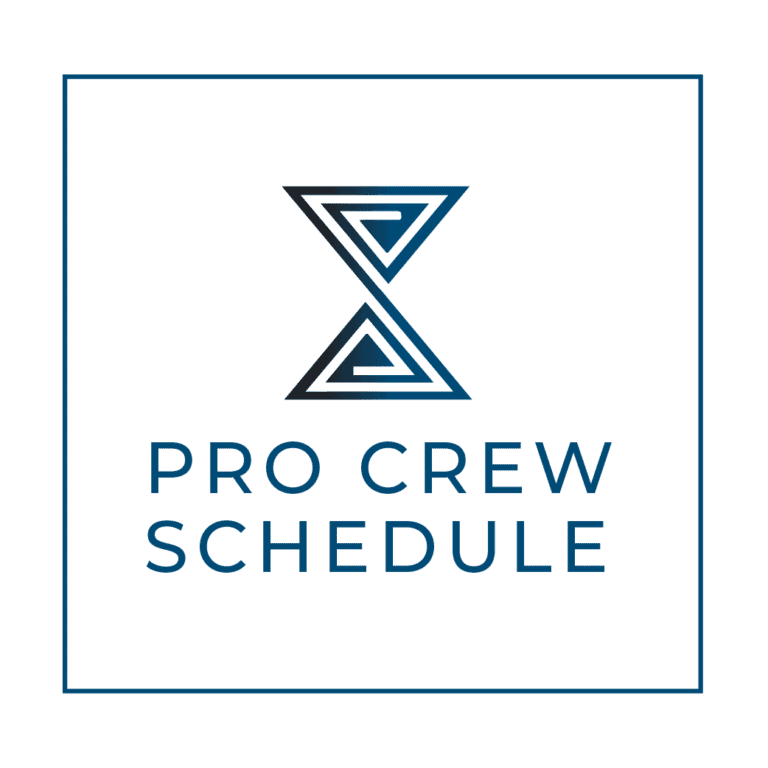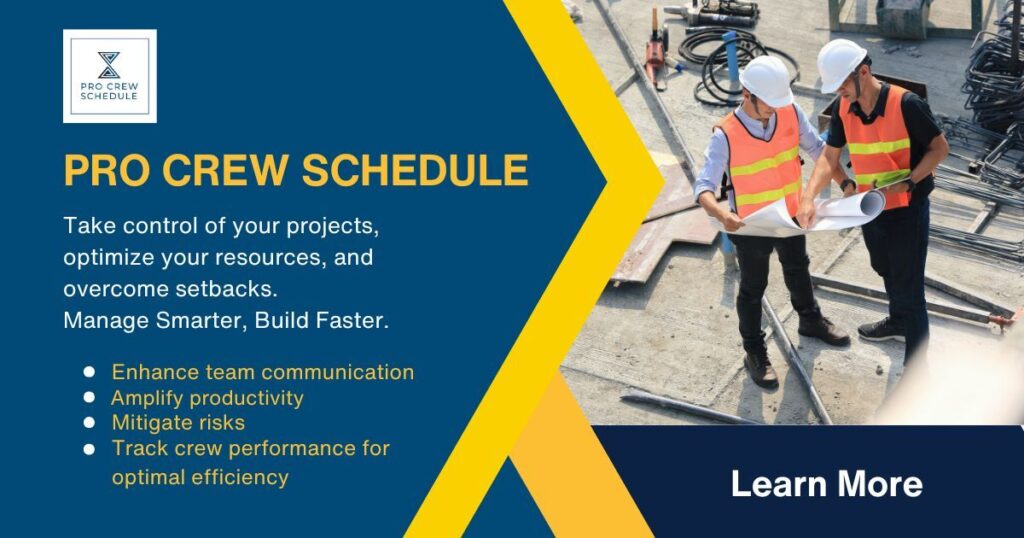In any construction project, the project handover phase is always the finale – the last baton pass! This stage feels like the final, stressful point that needs to be cleared, and it’s common for many challenges to arise along the way, resulting in costly delays and lower client satisfaction.
In this article, we aim to share with contractors and builders a range of strategies and tactics to help minimize the risk of last-mile problems and disruptions, and successfully navigate the entire construction project handover process.
Let’s get started.
What is the Construction Project Handover?
The process of transferring a certain project from you as the builder or contractor to the client is called the construction project handover.
With the transfer itself, you are both getting and accepting that all requirements – you as the contractor from a building perspective and the client from a financial standpoint – have been completed and fulfilled based on each other’s contractual obligations.
For contractors, project handover is the last impression they leave with their clients. In other words, it will be something that clients will strongly remember, often influencing their decision about whether to return for a repeat construction service.
To be clear, project handover is entirely different from the closeout stage. Both are required to complete a construction project, but closeout is a multi-step process of completing a project. It requires wrapping up every single part of the job. The project handover is the last part of the closeout phase.
To sum up, project handover is a key milestone in the closeout phase.
Six Key Components in the Onset of Project Handover
Most project handovers are the same, whether it’s a small project or a big, complex one. So, it is very helpful to use repeatable systems, templates, blueprints, and scheduling software for construction crews as opposed to recreating steps for every work.
That is why there are six components that should take place during project handovers:
Final inspections and walkthroughs
Most of the inspections are already done and completed, since they are required to close work permits and acquire a certificate of occupancy. However, other critical inspections, like a fire marshal walkthrough, should be done as well.
Deliver paperwork and closeout documents.
Your client needs all the resources and documents to operate and maintain the constructed building. This usually includes the warranties, lien waivers, certificates, as-built drawings, operations and maintenance manuals, and reports.
At the start of the project, all the necessary documents are already cited in the contract specifications. Most of the documents are delivered digitally, especially now with the heavy application of work crew scheduling software across departments and branches, which makes it easier to send, transport, and store documents via a cloud-based platform.
Outstanding work
Most of the remaining work may be identified in the punch list walkthrough. When your client and his people are moving in, they sometimes notice small issues. Any issues found should be addressed before your construction team leaves the property.
Warranties
Numerous warranties take effect right on the very day of the project’s substantial completion. Most of these are connected to the delivery of closeout paperwork. In many cases, project handover is a vital period for your client, the owner himself, to receive warranties and truly understand what it covers.
Materials management
By the end of the project handover, the property must be completely ready for move-in. As a contractor, you and your team must ensure the building and the whole property are clear of all tools, materials, and debris.
There are times when contractors offer excess basic materials like paint or carpeting to the maintenance team or the owner, in case they may be useful in the future.
Retainage
It is non-negotiable that final payment and retainage are both required to reach substantial completion. The project handover is a crucial time for submitting the final payment applications, issuing the final pay and eventually releasing retainage.
Common Challenges in Project Handovers in Construction
Here are some of the most common hiccups that may happen during the project handover stage, often leading to longer workflow and additional costs to the budget. You must pay close attention to the following:
Time constraints
It makes sense that the longer a project drags on, the more costly it becomes. Sometimes, additional due dates will be added even during the project handover stage. It happens when the client is eager to take ownership already and wants to move in.
It is crucial to treat the project handover stage as another critical part of the project schedule, ensuring assets and time are managed appropriately. The goal is to keep the timeline as short as possible without affecting anyone or anything.
Defect identification and rectification
When you carefully observe your almost-finished construction project, there is almost always pieces of painter’s tape seen on cabinet doors, walls, ceilings, etc. These are all the flaws, corrections, and imperfections that your client and inspector request your team fix immediately before the transfer of ownership begins.
Identification of defects and correcting them can be a time-consuming process, as you take note of structural flaws and cosmetic issues.
Collaboration between the involved parties
As your client requests changes and corrections, coordination with subcontractors, suppliers, and engineers is also necessary to ensure everything is resolved. Any miscommunication during this critical stage may lead to even more costly reworks and bottom-line expenses.
Documentation management
Managing and sorting all the important documentation required for your construction project is another real challenge for you and your team. We talked about this earlier above. Incomplete and missing documentation may cause delays and even legal complications. As we previously reminded you, utilize construction employee scheduling software to have a seamless, centralized, and single platform for saving and tracking all your documents, files, permits, and other credentials.
Actionable Strategies for a Successful Construction Project Handover Process
Communicate
The key to a successful project handover is effective communication. So, from the very start, make sure to establish clear lines of communication between you and all stakeholders who are involved in the handover stage. Ensure to give updates regularly, address all concerns and issues as soon as possible, and make sure that everyone is on the same page.
Plan early for handover.
Bear in mind that the project handover is never an afterthought. So, start planning for the handover right from the inception of the project. Ensure to collect as much information as you can, and record all the documentation as you go. One final thing, your client should be involved all throughout, so nothing comes as a surprise and all concerns are addressed when it is getting close to passing the keys.
Implement a systemic approach.
Another important strategy is to implement a systematic approach. This approach is important to ensure that nothing falls through the cracks in the process of project handover. The first thing to do is to create a project handover checklist, specifying all items needed during the handover process.
Even better to deploy construction inventory management software to keep track of each of these items on the checklist. Using this powerful software also makes it easier to duplicate and scale your updated checklist across your construction team and other projects, all at once. Very seamless and convenient!
Conduct comprehensive walkthroughs, inspections, and tests.
Before handing over the construction project to the client, conduct final walkthroughs and building inspections to make sure everything is done and in tip-top shape. This can help you actively address areas to work on, even before the owner, your client, brings something up.
Show the owner how to operate and maintain the property.
Once the construction project is done and no longer in your ownership, it is up to your client to do all the operations and maintenance of the property. However, most new builds offer a months-long warranty after handover. To minimize the amount of work required by your construction team after you pass the keys to the owner, provide clear instructions on how to best maintain their property.
You can share some upkeep and cleaning tips and even some basics on how to navigate the electrical panel.
Use construction management software and collaboration tools.
Most of the tips we have cited above often require manual labor for contractors and the team. Knowing you are already busy and the rest of your team, an intuitive cloud-based construction software can be a game-changer! It can do the heavy lifting by making communication easier, tracking schedules and project timelines seamlessly, centrally storing files and documentation, and monitoring every single aspect of your project.
Ask for reviews and feedback.
The last part might not be as vital as you think compared to other priorities, but soliciting reviews and feedback from your clients is necessary. We guarantee that direct client feedback will provide you with more opportunities to meet client expectations while also helping to boost your future construction projects.
Redefine your Construction Project Handover
Your construction project is not considered a success unless the handover is smooth and seamless. While all the tips and tactics we shared with you above, like documentation management and efficient communication, are core aspects of the project handover stage, there is something even more crucial: consistency, strong collaboration, and reliable construction project management.
So, make sure to check them all in your boxes, make smart moves during the project handover, and ensure that you pair it with real-time, modern construction manpower scheduling software – to gain insights into your construction from design to project delivery.
Smooth project delivery begins with using Pro Crew Schedule.







